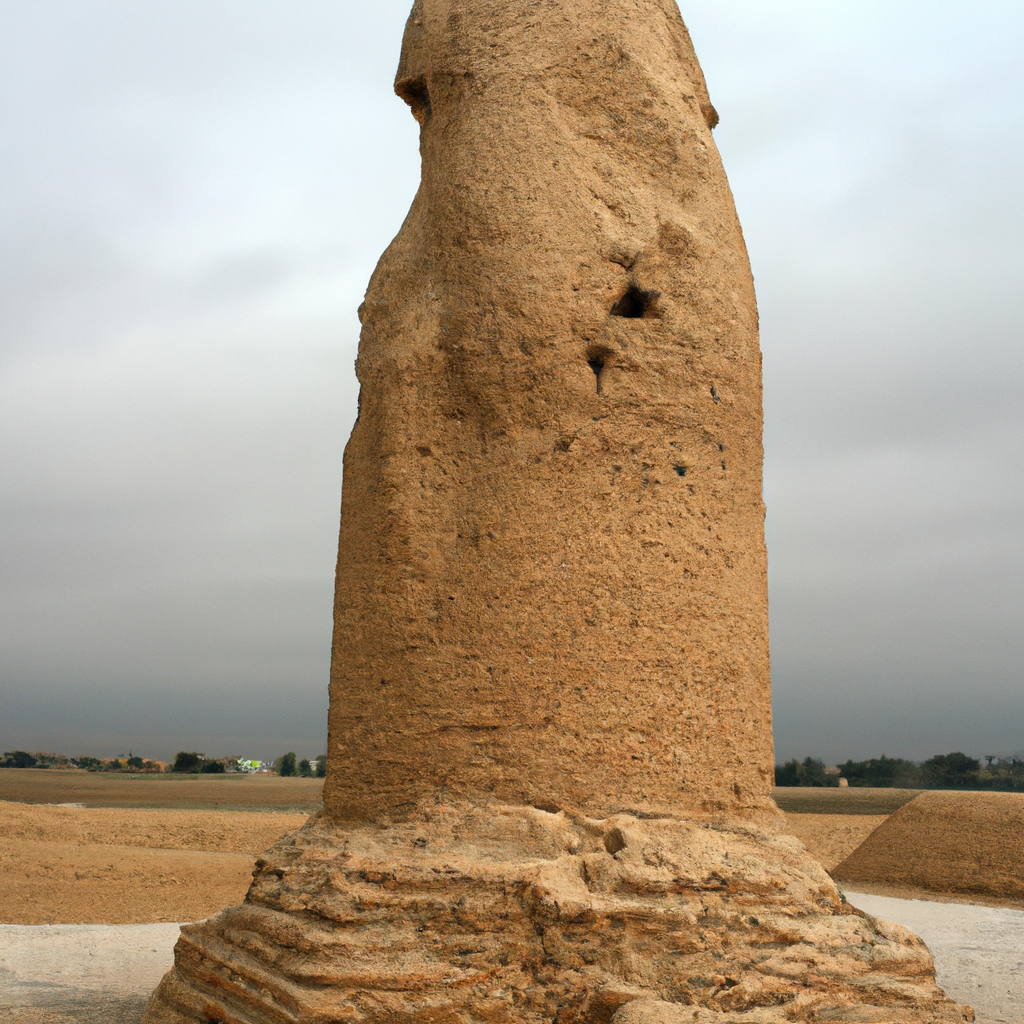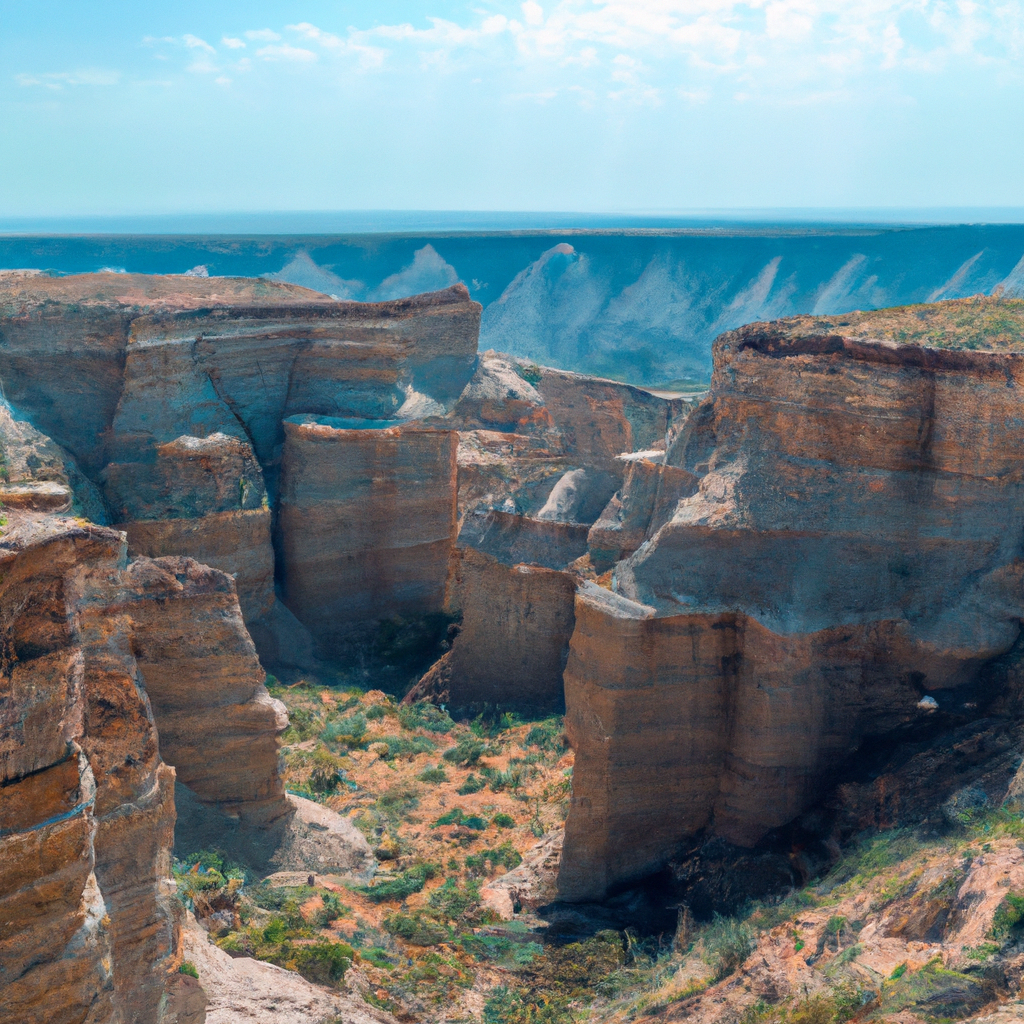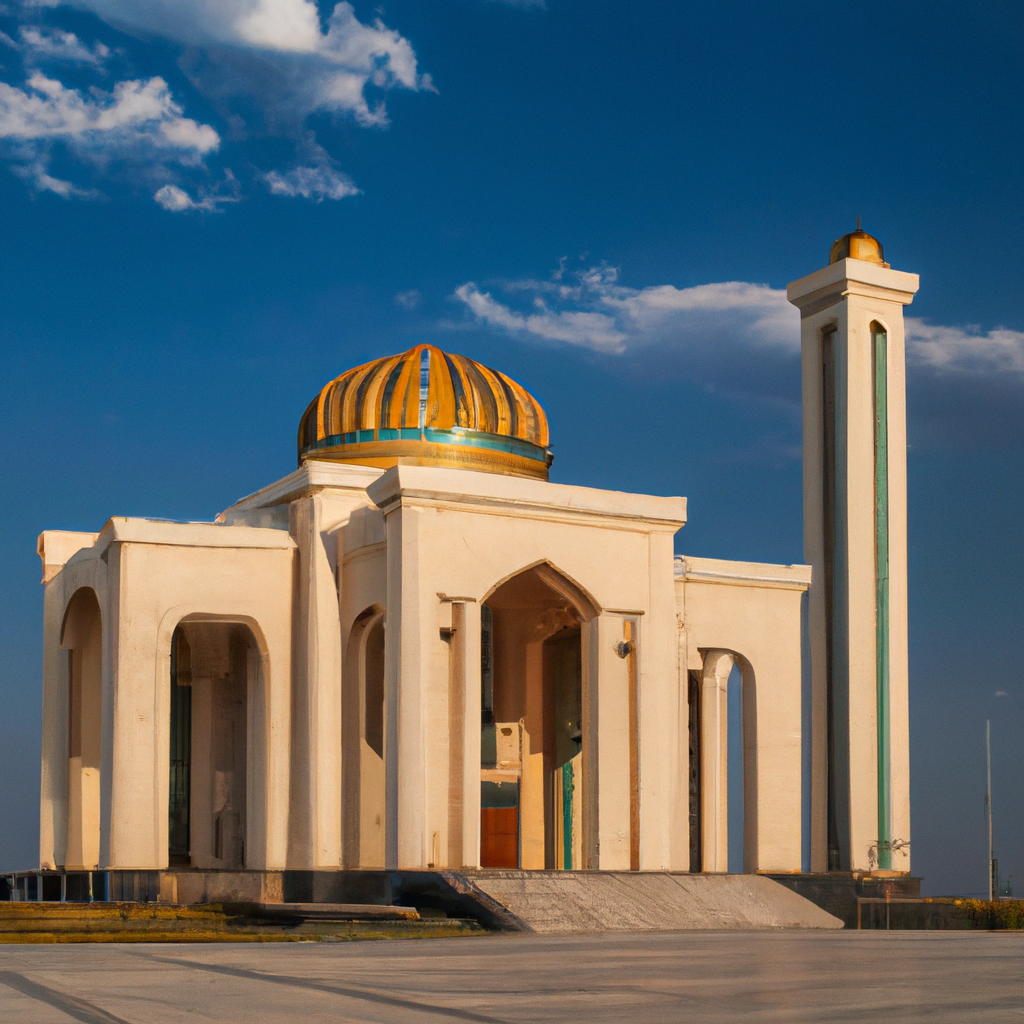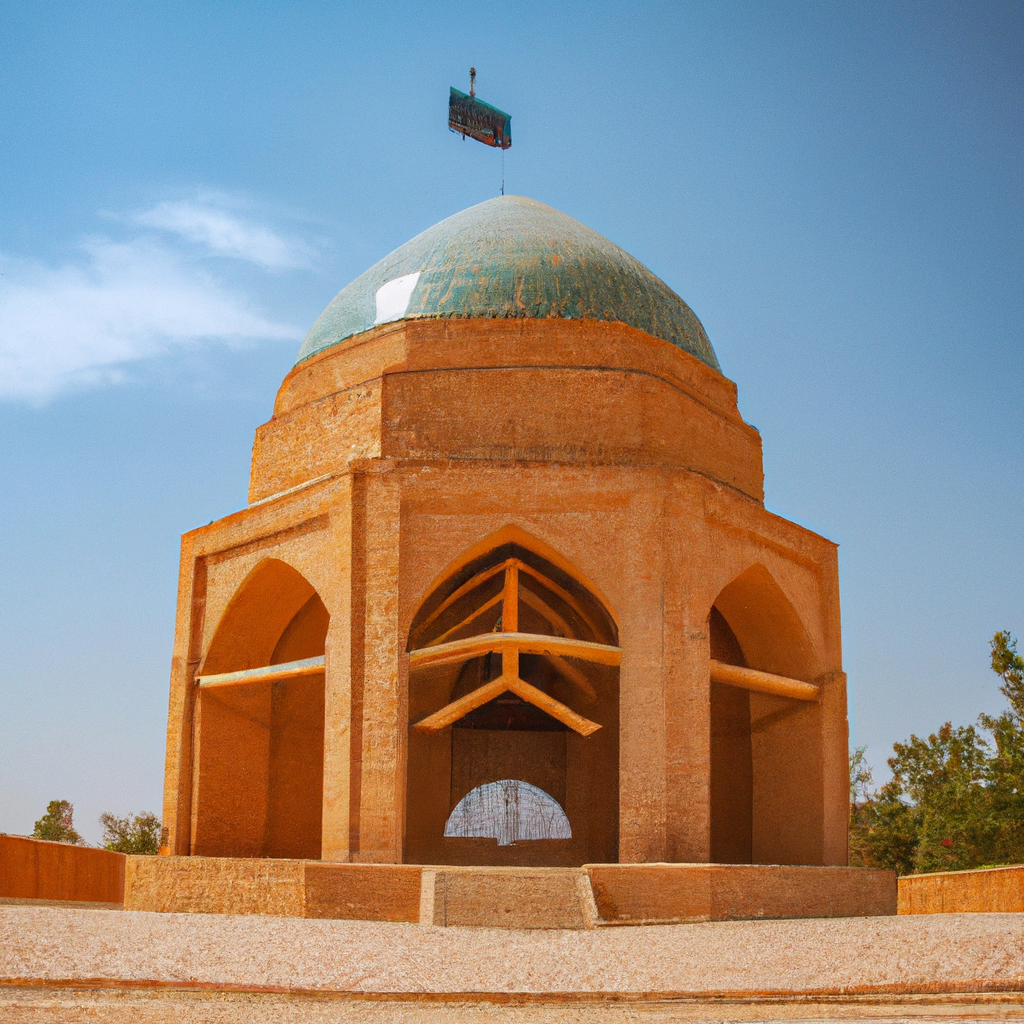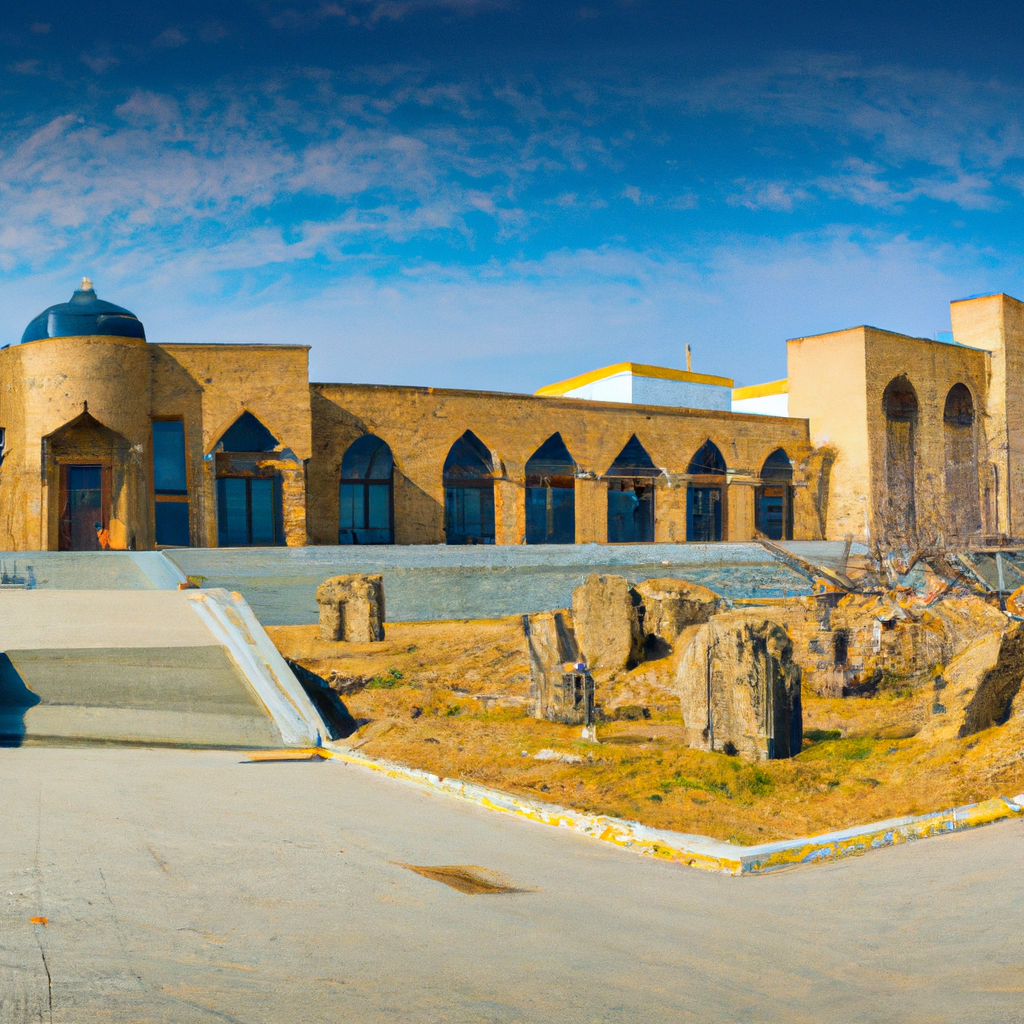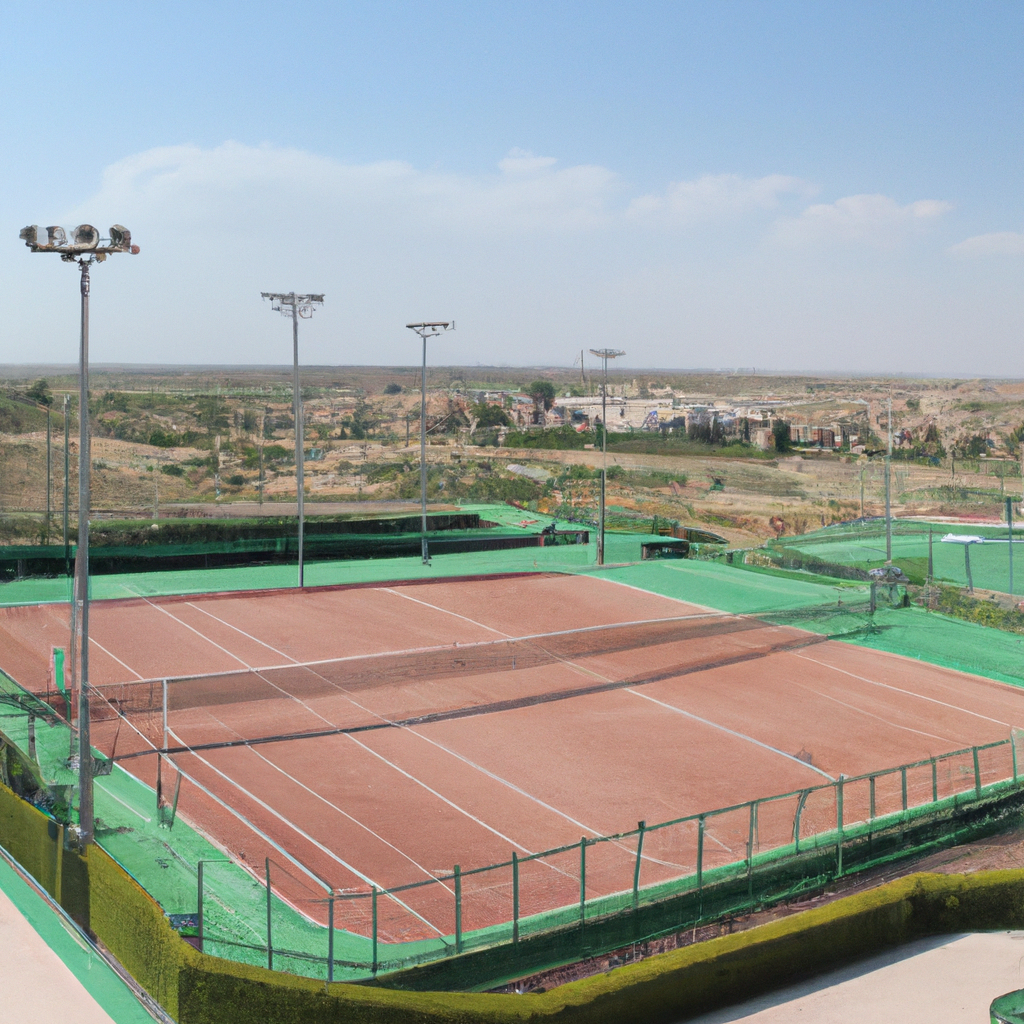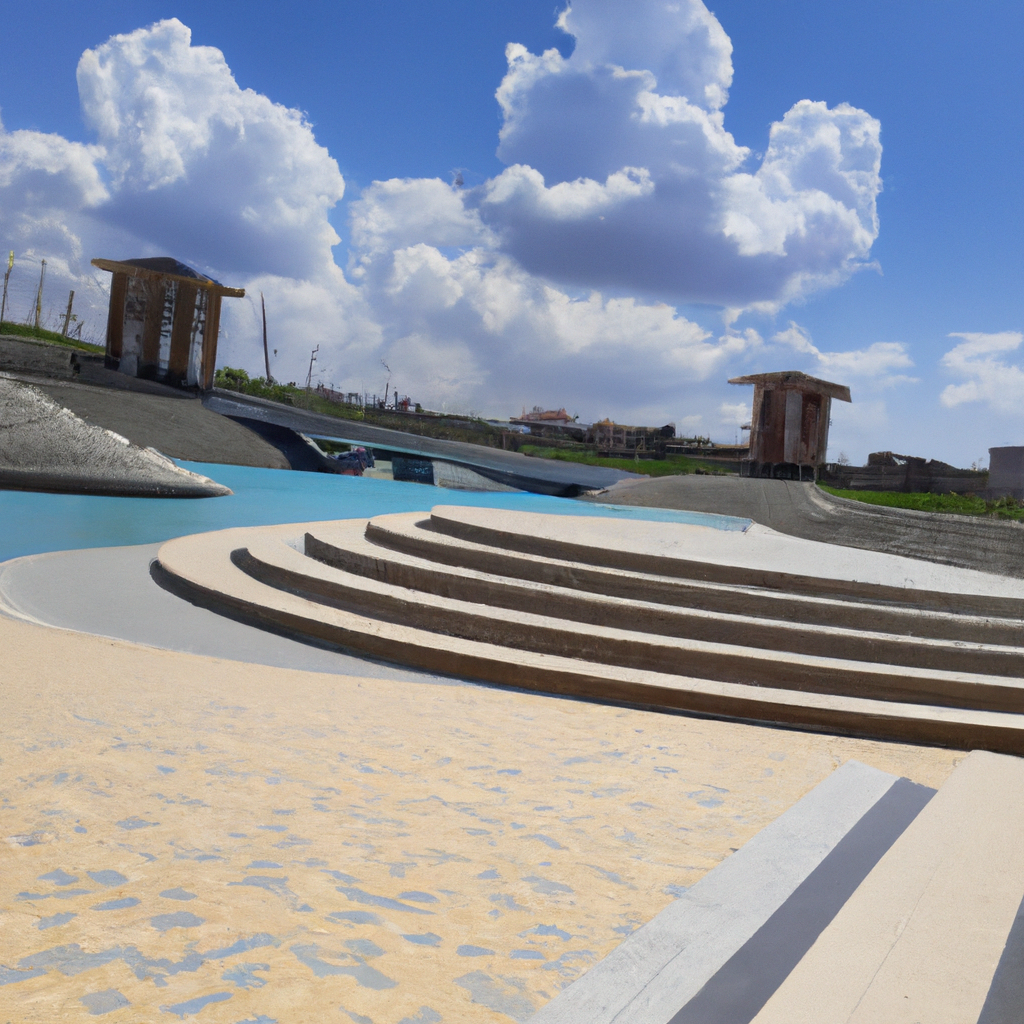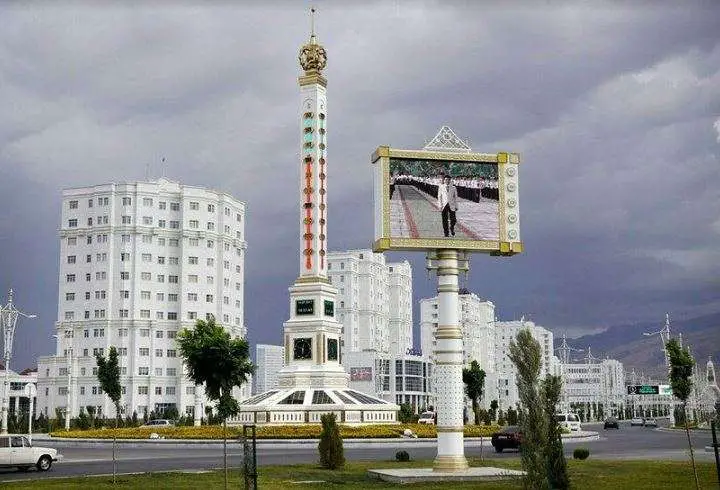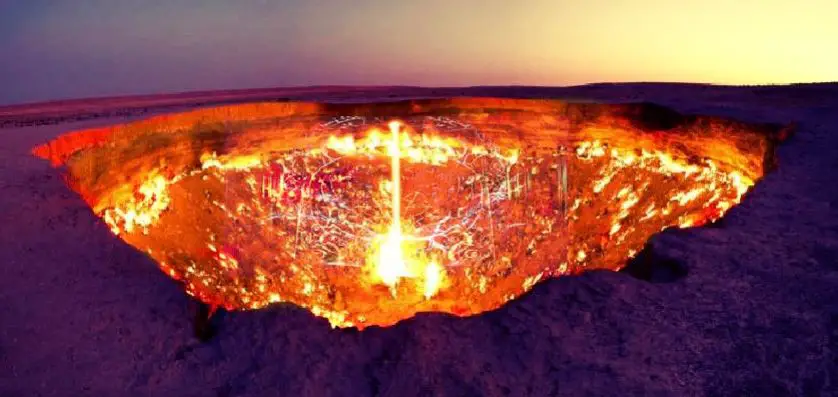Ancient Merv - Mary In Turkmenistan: Overview,Prominent Features,History,Interesting facts
Overview:
Ancient Merv - Mary In Turkmenistan is an ancient archaeological site located in what is now the modern-day city of Mary in Turkmenistan. It is believed to have been founded in the 4th century BC by the ancient Iranian people known as the Medes. The ruins of Ancient Merv date back to the 5th to 14th centuries AD and provide a unique window into the many civilizations that once existed there. The complex of ancient cities that make up the archaeological site is currently a UNESCO World Heritage site. As an archaeological site, Ancient Merv provides an invaluable source of information about historical events, civilizations, and cultures. It features ruined fortifications, palaces, ancient irrigation canals, and other remains of impressive architecture. It is one of the most important centers of Islamic art, architecture and culture in Central Asia. You can learn history, culture, and heritage through these magnificent monuments in Turkmenistan
Prominent Features:
1.Ancient Merv is an ancient Silk Road oasis city located in the south of present-day Mary, Turkmenistan. 2.Merv served as the capital of several empires throughout its ancient history, and the ruins of the city are now collectively a UNESCO World Heritage Site due to its archaeological and historical significance. 3.The remains of the city include the 11th century Great Kyz Kala Citadel, the 14th century Erk Kala Citadel, a caravanserai, baths, and mosque complexes. 4.In addition, Merv is unique in terms of the design of its fortifications that are made up of two concentric circles, the inner one of which is ringed with high walls and the outer of which is marked by a series of mounds, trenches, and canals. 5.The city is also home to a variety of spectacular archaeological and architectural monuments, such as the 11th century Sultan Sanjar Mausoleum and the 12th century Shah Abbasi Mosque complex. This national monument of Turkmenistan portrays the history and culture of the country.
History:
Ancient Merv in today's Mary province of Turkmenistan is one of the oldest and largest cities in Central Asia. It was once one of the largest and most cosmopolitan cities of the Silk Road of the region. The area around Merv was an important junction between the irrigation network of the Persian Empire and ancient cities of the Silk Road, stretching from Europe in the west to China in the East. Ancient Merv's archaeological remains testify to the presence of settlements dating from as far back as the 2nd millennium BCE. In 552 BCE, Cyrus the Great established a garrison fort at Merv to protect what was then the northern border of the Achaemenid Persian Empire. Merv would continue to develop as an important garrison city for centuries to follow. In 330 BCE, Alexander the Great conquered Merv and incorporated it into his empire. Under the Seleucid Greeks, Merv became an academic center and one of the most developed cities of the ancient world. In the 3rd and 4th centuries CE, Merv was an important trading center on the Silk Road. In the early 7th Century, Muslim armies seized control of Merv and it became a major Islamic religious and cultural center, containing some of the oldest and most important mosques in the Muslim world. Merv went from being a regionally important city to a forgotten obscure village by the 12th century AD, due to Mongol invasions. It would eventually become part of the golden age of Turkmenistan in the 16th century, when it was once again settled and developed, due to the influx of traders and nomads coming from Central Asia. It remains a major religious and cultural center to this day, despite the effects of the Soviet occupation and subsequent Turkmenistan war of independence. Today, Turkmenistan is home to many archaeological remains, monuments, and mosques that were built in the ancient city, testifying to its long history and cultural legacy. You must visit one of these historical places in Turkmenistan on your Turkmenistan tour
Interesting facts:
1. Merv was one of the largest cities of the Islamic world during its golden age from the 9th to the 12th centuries. 2. Merv was also the capital of the powerful Khanate of Merv, which was one of the largest and most powerful states of Central Asia. 3. The city is believed to be more than 5,000 years old and was first mentioned by name in the 7th Century BC. 4. Merv was known as “the city of scholars” and was a great centre of learning, culture, trade and science. 5. It had several impressive monuments which included two great libraries, a palace, the Meryem Ana Mosque with the world's largest single-domed mosque and a vast fortification system. 6. Merv is also famous for having been home to great scholars and scientists such as the astronomer al-Biruni, geographer al-Istakhri, polymath al-Mayhani and poet and historian al-Muhallabi. 7. Much of Merv's heritage and buildings were destroyed in the 13th century when it was sacked by the Mongol conqueror Genghis Khan. 8. In 2004, the remains of Ancient Merv were inscribed as a UNESCO World Heritage Site. Visit one of the famous monuments of Turkmenistan with your friends and family.
Explore Turkmenistan most popular tourist destination with us. Ancient Merv - Mary In Turkmenistan: Overview,Prominent Features,History,Interesting facts,which is 35.14 km away from Turkmenistan main town, is the most popular destination to add in your travel wishlist.
-
City:
Turkmenistan
-
state:
The ancient city of Merv, located in present-day Turkmenistan, was once one of the great cities of the medieval world. Its name is derived from the Persian word for "dead city," and it is believed to have been founded in the 2nd century BCE by the Parthian Empire. In the 9th century CE, Merv was a major center of culture and learning, and home to poets, musicians, and scholars.
-
country:
Turkmenistan
-
country code:
TM
-
postcode:
76940
Location:
The ancient city of Merv, located in present-day Turkmenistan, was once one of the great cities of the medieval world. Its name is derived from the Persian word for "dead city," and it is believed to have been founded in the 2nd century BCE by the Parthian Empire. In the 9th century CE, Merv was a major center of culture and learning, and home to poets, musicians, and scholars. Turkmenistan
